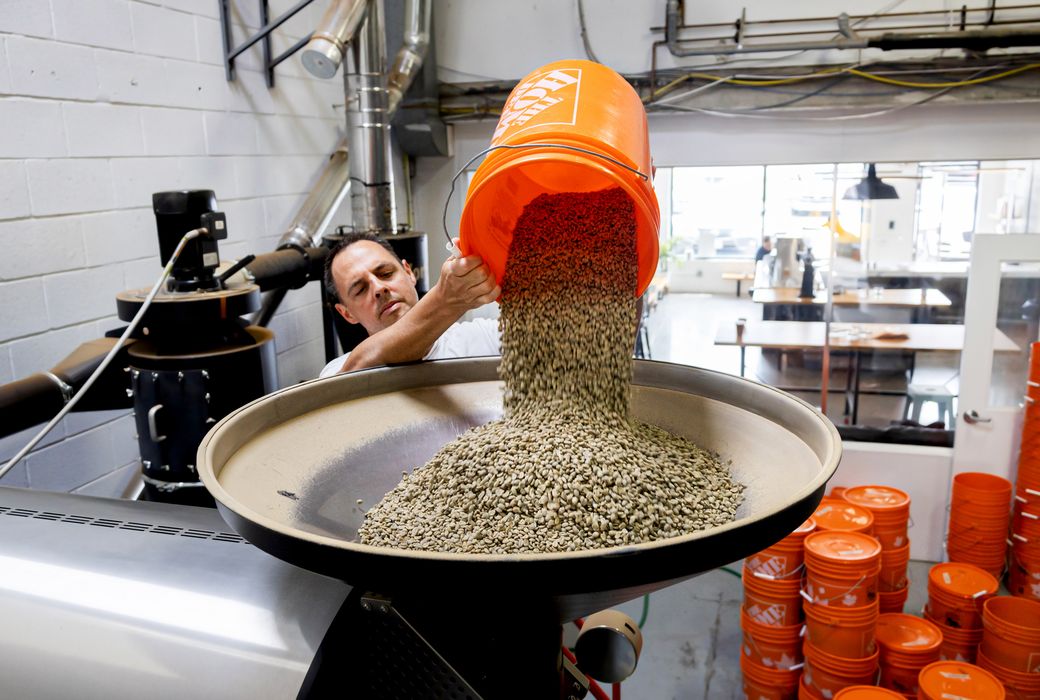Snakes and Lattes Midtown
Snakes and Lattes is a two-storeyed haven for midtown game-lovers who don't want to trek down to the cafe's Koreatown or College locations for some old-fashioned fun.
Just blocks away from Eglinton subway station, it's in a space that once used to be a Spring Rolls.
Housing roughly 1000 games, you'll find all the merchandise neatly organized and colour coded according to difficulty level and number of players.
Both casual gamers and serious fanatics are welcome here. You're just as likely to find a couple playing Jenga on their first date as you are a group of hardcore players three hours in to Axis and Allies.
If you need help navigating the vast types of entertainment offered here, flag down one of the game gurus to help assist you choose a fun past time that best suits you.
Games span all categories – even some you didn't know existed – like strategy games, Americana classics like Monopoly or Guess Who.
There's also popular ones like Cards Against Humanity and What Do You Meme that are good for parties and ice-breakers.
A little known fact: a lot of Snakes and Lattes' profit comes from distributing games on their website. All stock is acquired by an in-house curator, a.k.a. the game grand master, because games are actually a pretty serious business.
This super spacious spot has one barista station on each floor, serving roasts with beans from Propeller. Order the Nutella latte ($5) for a rich, delicious beverage to caffeinate you during a long Dungeons and Dragons sesh.
They also carry tea ($3) and Italian sodas ($3.50) for a carbonated kick. Alcoholic drinks like wine in bottles or from the tap, cocktails, and beer are on the menu too.
The hot chocolate ($3.75) is really sweet and will definitely give you a sugar high.
A great shareable group snack are the nachos ($17) which comes with sour cream on the side and tortilla chips sprinkled with a Tex Mex seasoning that adds some extra flavour to the plate.
The chicken tenders ($12) come in a very crusty breading with a side of fries or salad. You can get it with a buffalo sauce or a dark BBQ dip.
In homage to the classic Roald Dahl book, there's a sandwich called the BFG that's big and friendly (for vegans). The multigrain bread has a great texture, with tasty veggies like avocado and sprouts with garlic mayo.
For dessert, grab a homemade chocolate brownie ($9)or a crème brûlée ($7) to help lighten the mood after owning your friends at Connect Four.
Hector Vasquez





